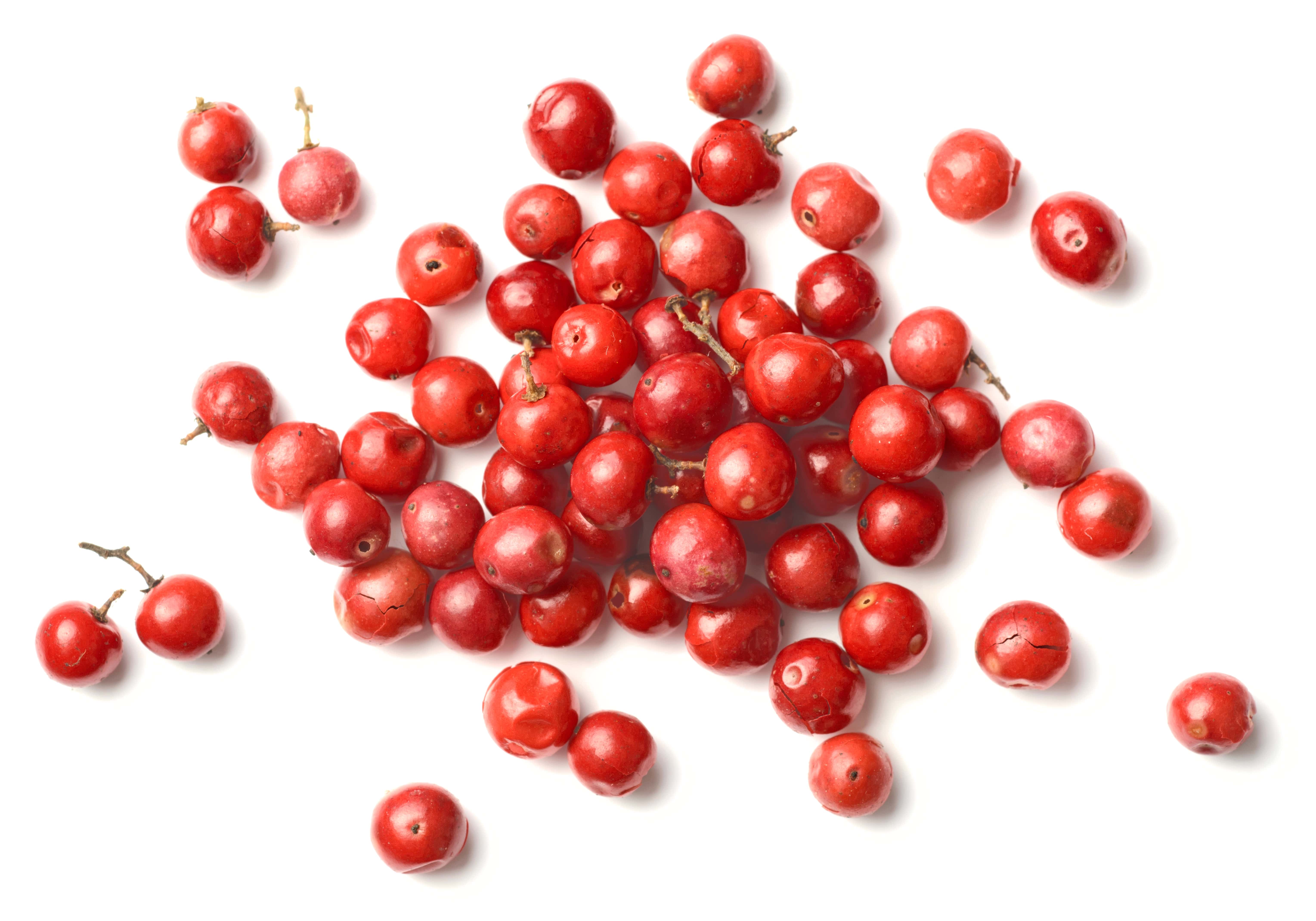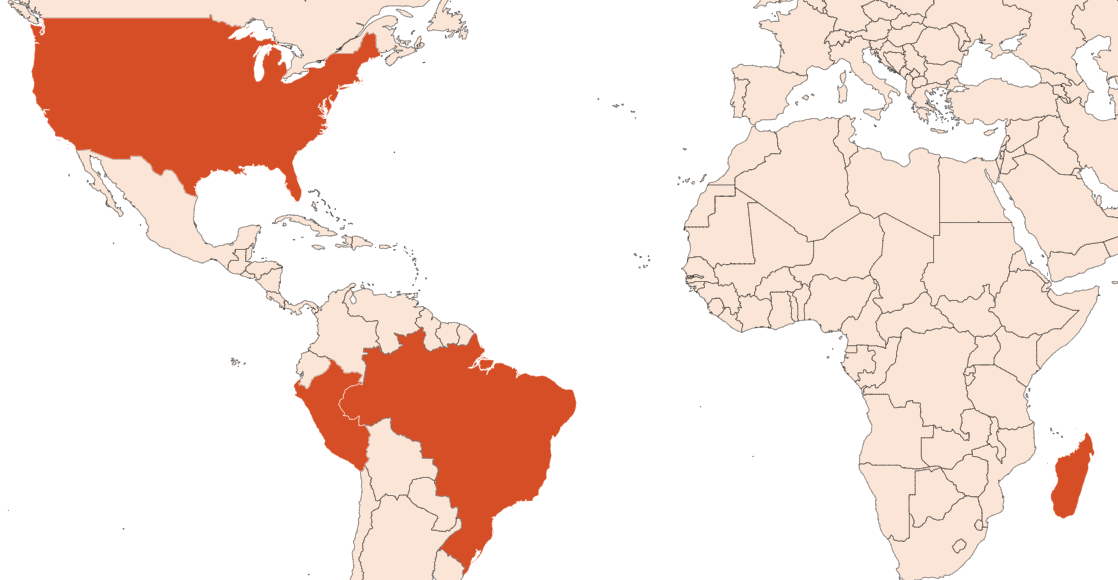
| Company | Ingredient Name | ID | Comments | Naturality | Certifications | Purity | Latin name | Treated part | Geographical origin | MOQ |
|---|---|---|---|---|---|---|---|---|---|---|
|
|
Extrait CO2 de Baies Roses - 30 gr | - |
Visit website
|
- | - | - | - | - | - | |
|
|
BAIES ROSE | N085F |
Visit website
|
Huile essentielle |

|
- | Schinus terebinthifolia Raddi | Baie | Madagascar | - |
|
|
BAIES ROSE | B085F |
Visit website
|
Huile essentielle |

|
- | Schinus terebinthifolia Raddi | Baie | Madagascar | - |
General Presentation
-
CAS N° : 68917-52-2
-
EINECS number : 305-104-2
-
FEMA number : 3018
-
Appearance : Colorless liquid
-
Density : 0,85 - 0,885
-
Volatility : Head
-
Price Range : €€€€
Physico-chemical properties
-
Optical rotation : Donnée indisponible
-
Vapor pressure : Donnée indisponible
-
Refractive Index @20°C : Donnée indisponible
-
Acid Value :
-
Flash Point :
Uses
Uses in perfumery :
Used in spicy notes, eaux fraîches, floral-carnation, hyacinth, rose and woody notes. Used mainly in fine fragrance, because of its cost.
Major Components :
- Alpha-Pinene (25%)
- Myrcene (20-25%)
- Alpha-Phellandrene (15-20%)
- Delta-Cadinene (≈9%)
- D-Limonene (≈15%)
- Cadinol (≈7%)

Photo credits: ScenTree SAS
Botanical name :
Schinus terebinthifolia Raddi
Synonyms : Rhus heptaphylla Hiern // Rhus schinoides Willd.
Botanical profile :
Pink peppercorn is the berry of a false pepper plant, belonging to the Anacardiaceae family and the Schinus genus.
Chemotypes :
There are different varieties of pink pepper, and therefore Pink Peppercorn EO:
Schinus terebinthifolia, native to South America.
Schinus molle, native to California.
The two species are easily recognizable by their size difference, the Schinus molle being much larger, as well as by their rate of Delta-Cadinene for Schinus molle contains only a trace of this compound.
Extraction process :
Introduced to the USA from South America, this specie of pepper was originally growing in the wild. Its invasiveness made it spread over large areas of the country and lead to its culture. Very quickly, its quality matched the one obtained in South America. Male trees are grown separately from female trees.
In May and June, before extraction, the fresh berries are collected by hand and dried. Afterwards, they become darker in colour and they crumple.
Hydrodistillation is used to obtain the essential oil with a 5% yield and a 90% terpenes in its composition. A supercritical CO2 extraction is also doable to obtain a better olfactory quality extract, even though the cost is higher.
Other comments :
The pink berries are drupes that appears on the flowers of this tree.
Stability :
Solubility issues in perfumes
The terpenes identified in this raw material can polymerize when they are oxidized
Regulations & IFRA
Allergens :
IFRA 51th :
This ingredient is not restricted for the 51th amendment


